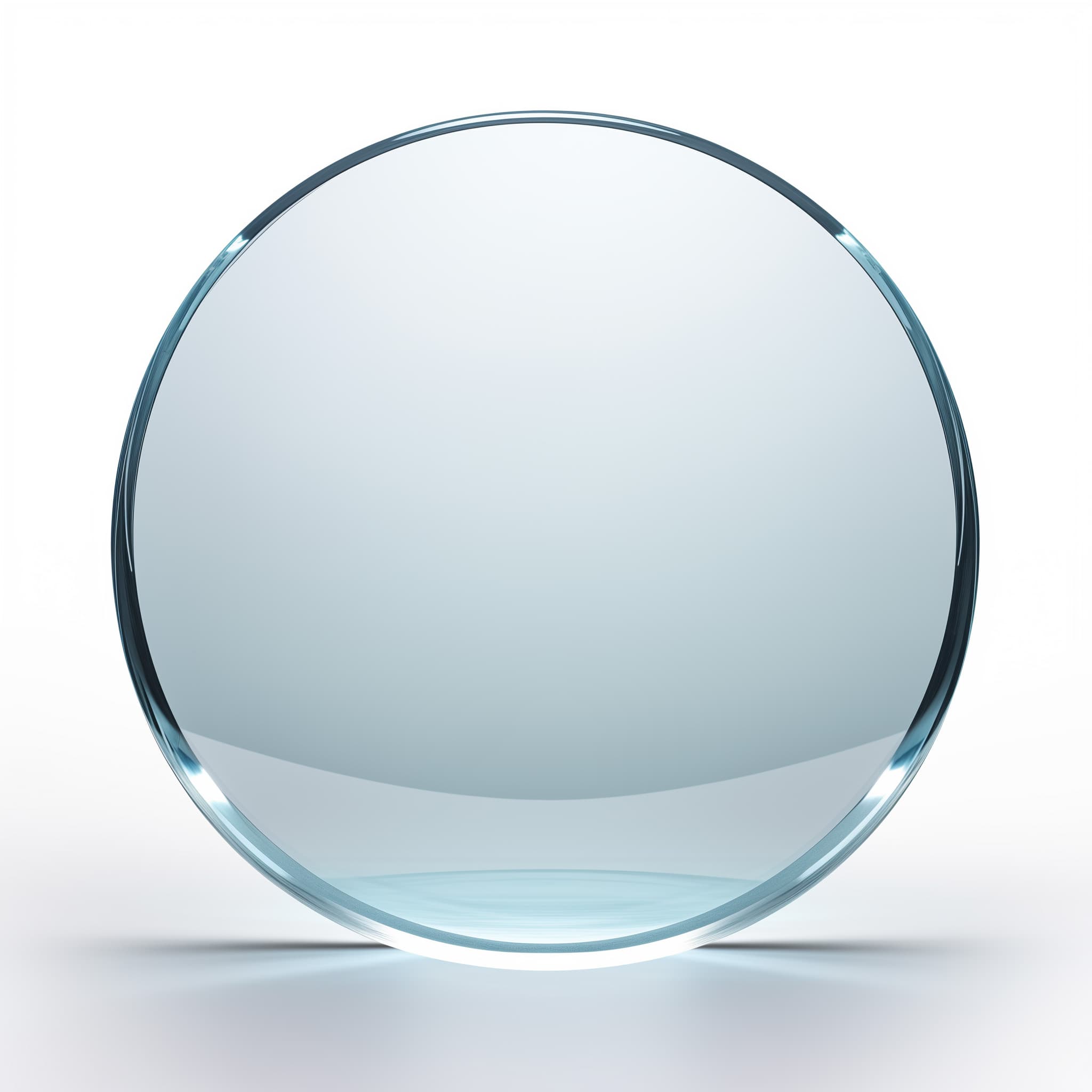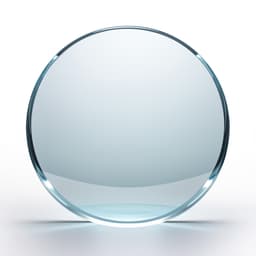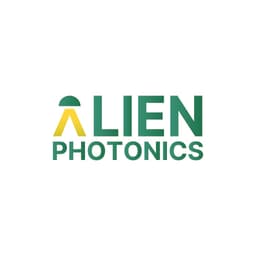


Plano-Concave (PCV) Spherical Lenses (Uncoated and AR coated)
Plano-Concave Lenses are used to diverge (expand) a laser beam. Choose or request material, size, focal length or ROC. Optional AR coating available.
Estimated Shipping Date: January 21, 2026 - February 4, 2026
* - Shopping cart pricing is based on the most recent pricing and it is NOT ORDERING, but requesting an official quotation which should typically reach You within 1-2 business days.
- Description
- Applications
- Types
- Aberrations
Plano-Concave (PCV) Spherical Lenses: description, main functions
PCV lenses for laser beam expansion
Plano-concave lenses are used to diverge or expand a laser beam, which is essential when a wider beam profile is required for applications like laser engraving, cutting. This is alco crucial in setups where beam conditioning is necessary before the laser interacts with the target. Alien Photonics PCV spherical lenses allow to adjust laser beam over larger area, reducing the power density and enabling a wide range of processing techniques.
Focal length modification using PCV spherical lenses
PCV lenses can also be used to modify the focal length of an optical system. By introducing a PCV lens into a lens assembly, the overall focal length can be increased, which is useful in applications requiring a longer working distance without changing the other lenses in the system.
Plano-Concave (PCV) Spherical Lenses for lasers, telescopes, imaging devices and other applications
Plano-Concave Spherical Lenses for laser beam expansion
Alien Photonics spherical PCV lens made of ZnSe is used to expand the beam of a 10.6 µm CO₂ laser in material processing applications. The ZnSe material is chosen for its low absorption at this infrared wavelength, ensuring minimal loss during beam manipulation.
Telescope Plano-Concave Spherical Lenses
In telescope systems requiring the correction of field curvature, Alien Photonics spherical PCV lens from N-BK7 material can be used. These lenses help to flatten the field, improving the quality of the image across the visual spectrum (400-700 nm). AR coated N-BK7 lens result in reliable optical performance and durability in changing environmental conditions.
Plano-Concave Spherical Lenses for imaging systems and scanners
Alien Photonics PCV lenses can adjust the size of the laser beam scanning the target. This adjustment is crucial for optimizing the resolution and accuracy of the scanned image or data, ensuring that the device can accurately capture information across different distances and material types.
Plano-concave Lenses types: anti-reflection coated, infrared (IR) or ultraviolet (UV) optimized
Ultraviolet (UV) Plano-Concave Spherical Lenses
While UVFS is still most popular PCV lens material in UV region, fluorides, like MgF₂, CaF₂ and BaF₂ are quite useful as a material for plano-concave spherical lenses. These fluorides can also work in infrared range, making them good option for multi-wavelength optical systems.
Infrared Plano-Concave Spherical Lenses
As previously mentioned, fluorides are quite universal, but sometimes further infrared range is necessary. Zinc Selenide and Zinc Sulfide lenses offer that with additional material characteristics. Other infrared materials (e.g. Germanium (Ge)) are available upon request as well.
Anti-reflection coated Plano-Concave (PCV) Spherical Lenses
Anti-reflection (AR) reduces reflections and increases transmittance of PCV spherical lenses. AR coating on Alien Photonics lenses can be a great improvement in to ensure minimal light loss and image enhancement.
Plano-Concave Spherical Lenses for correcting aberrations
In various optical devices, such as telescopes, microscopes, and imaging systems, PCV lenses are utilized to correct spherical aberrations. By diverging light rays, they help to minimize the distortion that occurs when light passes through spherical surfaces, improving the quality of the image.